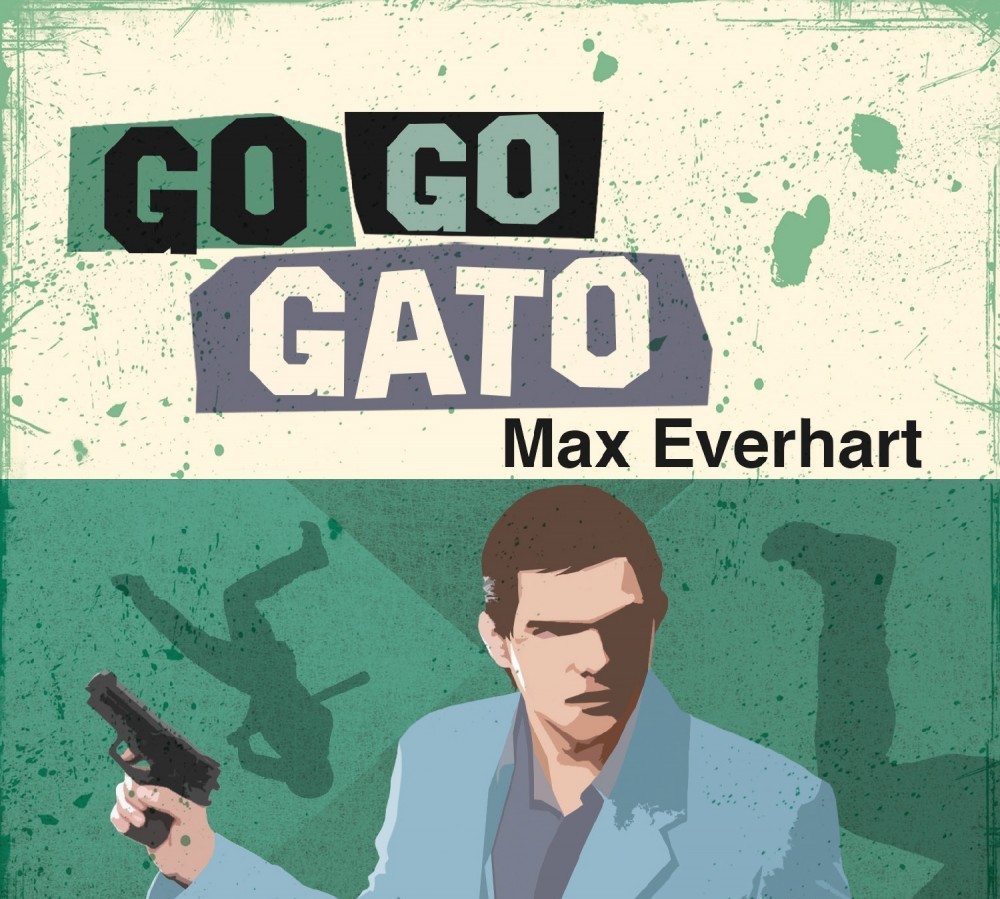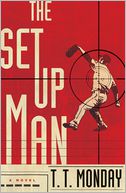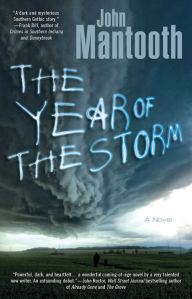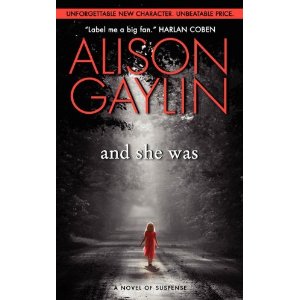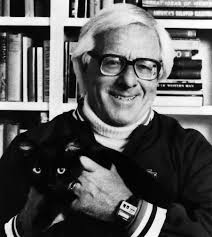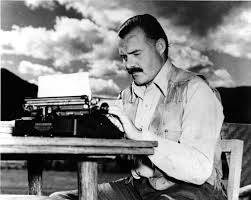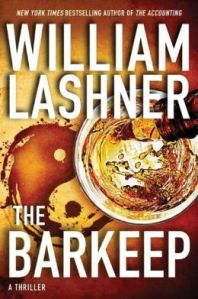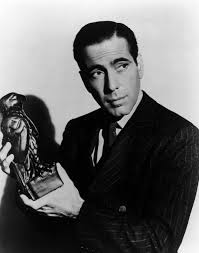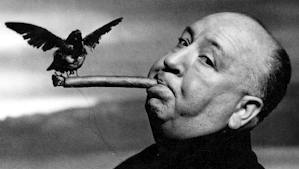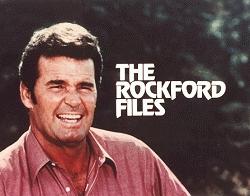Camel Press Announces the August Release of Go Go Gato, by Max Everhart: A Ballplayer Vanishes
Seattle, WA.—On August 1, 2014, Camel Press will release Go Go Gato ($14.95, 278 pages, ISBN: 978-1-60381-911-4), by Max Everhart, the first book in a new mystery/suspense series featuring Eli Sharpe, a former baseball player turned detective.
From its hero to its milieu to its eccentric, three-dimensional characters, Max Everhart’s GO GO GATO is a terrific read. The North Carolina minor-league baseball scene feels authentic and beloved, and I was always rooting for protagonist Eli Sharpe. The best news is that this excellent mystery is first in a series. Fans of Harlan Coben will want to check out Max Everhart, a major new talent!
–Steve Ulfelder, Edgar finalist author of WOLVERINE BROS. FREIGHT & STORAGE
Go Go Gato is the debut entry in a promising new series by Max Everhart, and it’s a fast-paced, entertaining tale. Eli Sharpe is a very appealing character who combines just the right amounts of wit, humor, intelligence and courage, and it will be fun to watch him in action as the series continues to grow and develop.
–James L. Thane, author of UNTIL DEATH and NO PLACE TO DIE
When Almario “Go Go” Gato, a handsome young Cuban baseball player, goes missing mid-season, his agent Veronica Craven hires a private investigator to track down her best client. No police. No press. Enter Eli Sharpe, an Asheville, North Carolina-based ex-ballplayer turned private detective who specializes in investigating professional athletes.
Eli begins by questioning Maria Gato, Almario’s roommate and fraternal twin. Maria watched while both her parents drowned on the boat ride from Cuba to America, so she is naturally desperate to get her only brother back. She tells Eli a secret: Almario may have a problem with drugs and alcohol.
Eli tracks down Almario’s supposed girlfriend, a rich sorority girl, but is soon led to another woman in his life, Sheri Stuckey, his cocaine supplier and fiancée who works in tandem with a gay bartender named Dantonio Rushing. Stuckey, a drug abuser and single mother, claims Almario split because she wanted the two of them to check into rehab. But Rushing, dazzled by Almario’s boyish good looks, tells a different tale: Almario has taken out a $500,000 life insurance policy on himself and named Stuckey as the primary beneficiary.
With the help of his a mentor—a former homicide detective—and five ex fiancées who still care about him, Eli follows Go Go’s trail, determined to locate the elusive ballplayer before one of the nasty people in his life—or his own bad habits—do him in. Max Everhart had this to say about his protagonist:
Eli Sharpe is an amalgamation, a Frankenstein I cobbled together out of spare parts just lying around the junkyard in my brain. From television, I constructed my detective from Atlanta Braves games circa mid-1980s, reruns of The Rockford Files, the first season of The Wire, and the Fletch movies. From hard-boiled PI books, I borrowed elements from Lew Archer, Philip Marlowe, C.W. Sughrue, Archy McNally, and dozens of other fictional detectives. From my own life, I drew on half-remembered conversations between my father and me, fragmented images from my time in Asheville, and god-only-knows what else. But in the end, Go Go Gato is the kind of story I like to read, and Eli Sharpe is the type of detective that I, as a reader, would become obsessed with. Hopefully, other readers will share my obsession.”
Go Go Gato is currently available for pre-order on Amazon.com. After August 1st, it will be also for sale in eBook and print editions on BN.com, the European Amazons, and Amazon Japan. Bookstores and libraries can order by contacting info@camelpress.com or through Ingram, Baker & Taylor, or Partners West. Libraries can also order through Follett Library Resources or Midwest Library Service. Other electronic versions can be purchased on Smashwords or at any of the major online ebook stores.
